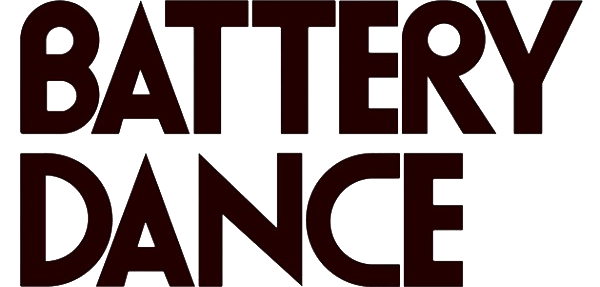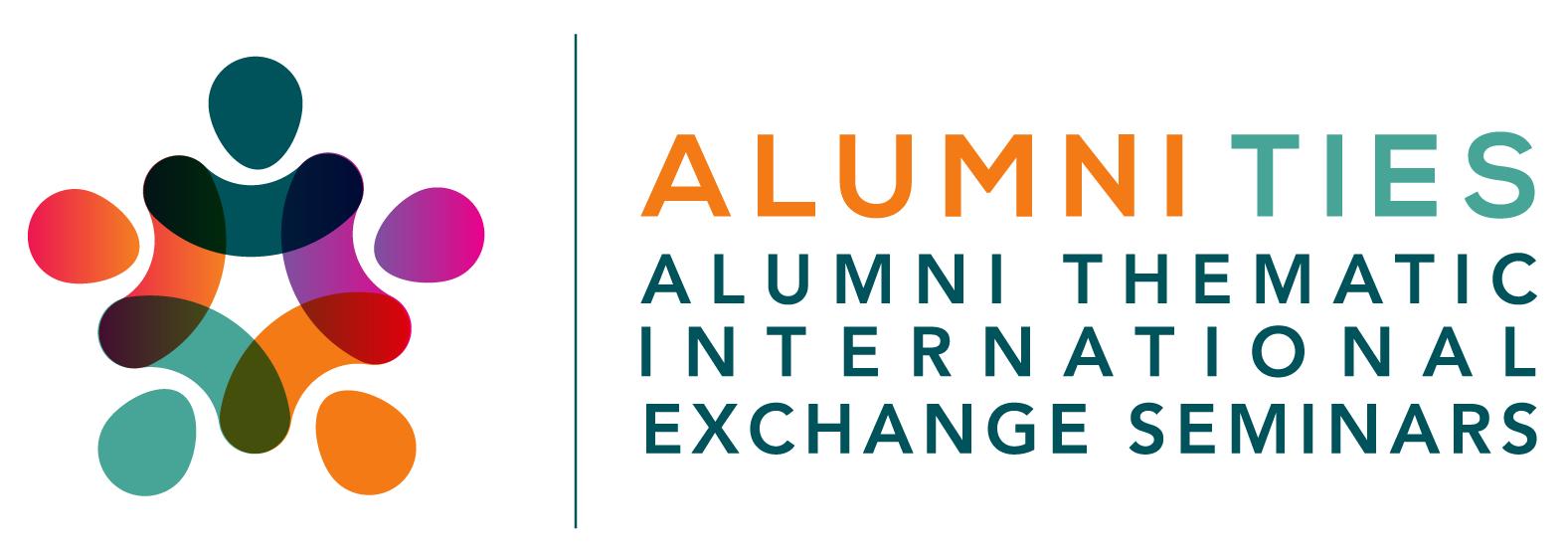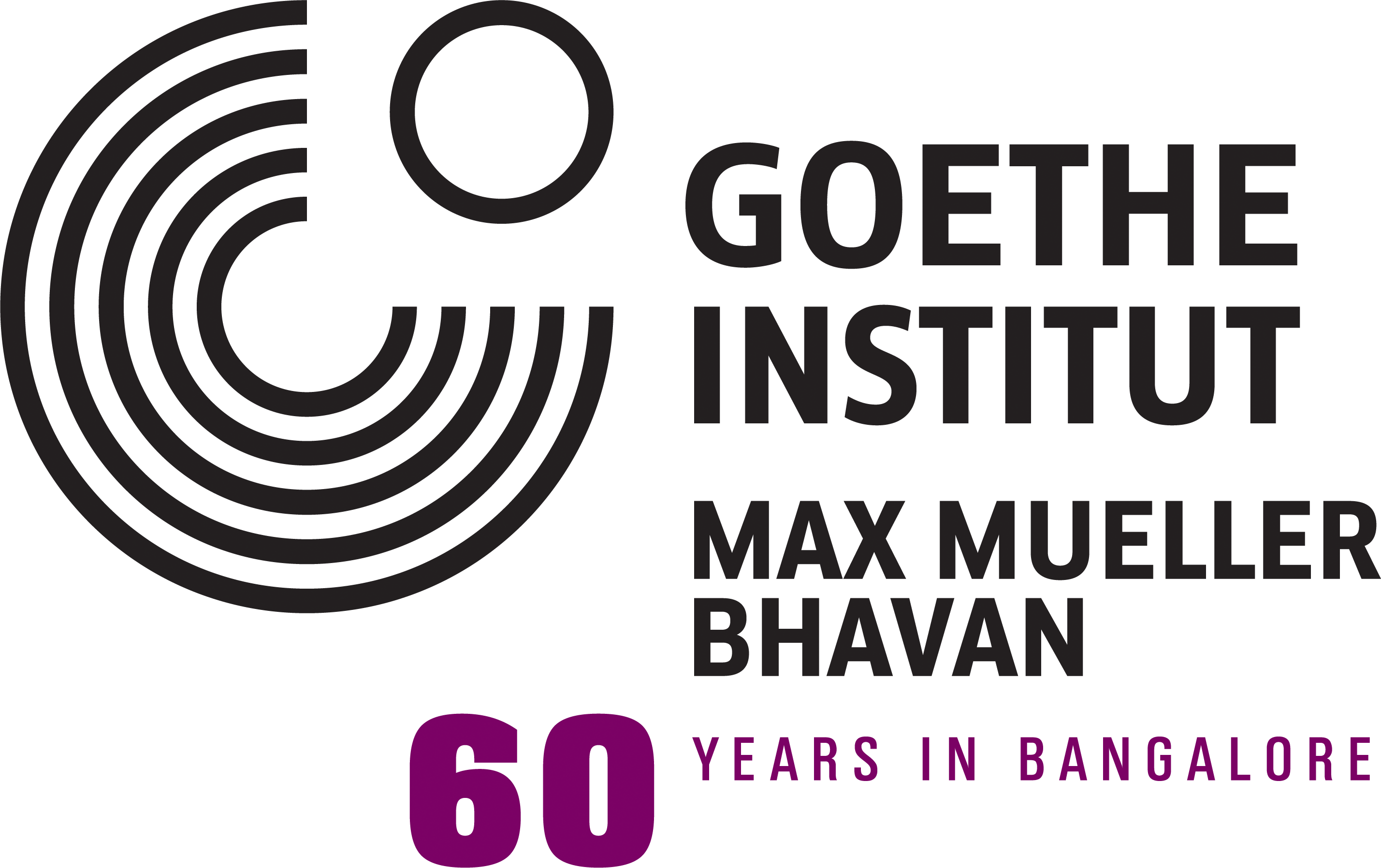Privacy and Google Glass
Instant access to personal information about everyone you meet has become a real possibility with the rise of wearables and the pervasiveness of online identity tracking.

The team used Google Glass to source data about selected individuals and make that data available to the wearer. This enables anyone wearing the Glass to become “clairvoyant”, able to discover personal insights into those she interacts with in real-time.
The team crafted a performance piece in which a fortune-teller, Chantal the Magnificent, scammed an unsuspecting participant. Personal information about the participant was transmitted to Chantal via her Google Glass. This information is also projected onto a screen behind the participant’s back, so that the audience can clearly see the scam in action.
For one subject the team was able to locate every sex offender within one block of their home, and locate their mortgage. All of this information was legal and free on the internet. Another person with an open Facebook profile was exposed for being an Elvis Presley fan. Even for those with a closed Facebook profile, the team was able to show a fairly intrusive profile from public data.
Technical Challenges
Sending simple information to Google Glass was difficult without an experienced Java developer. Hardware issues arose, but the team persevered and found an extension for Google Chrome that allowed them to scrape internet data.
The team hacked a Google Glass communication app prototype, but were unable to complete their hack without the help of a domain expert. Improvising, they still made the scraped data into a conceptually rich and engaging performance work.


























